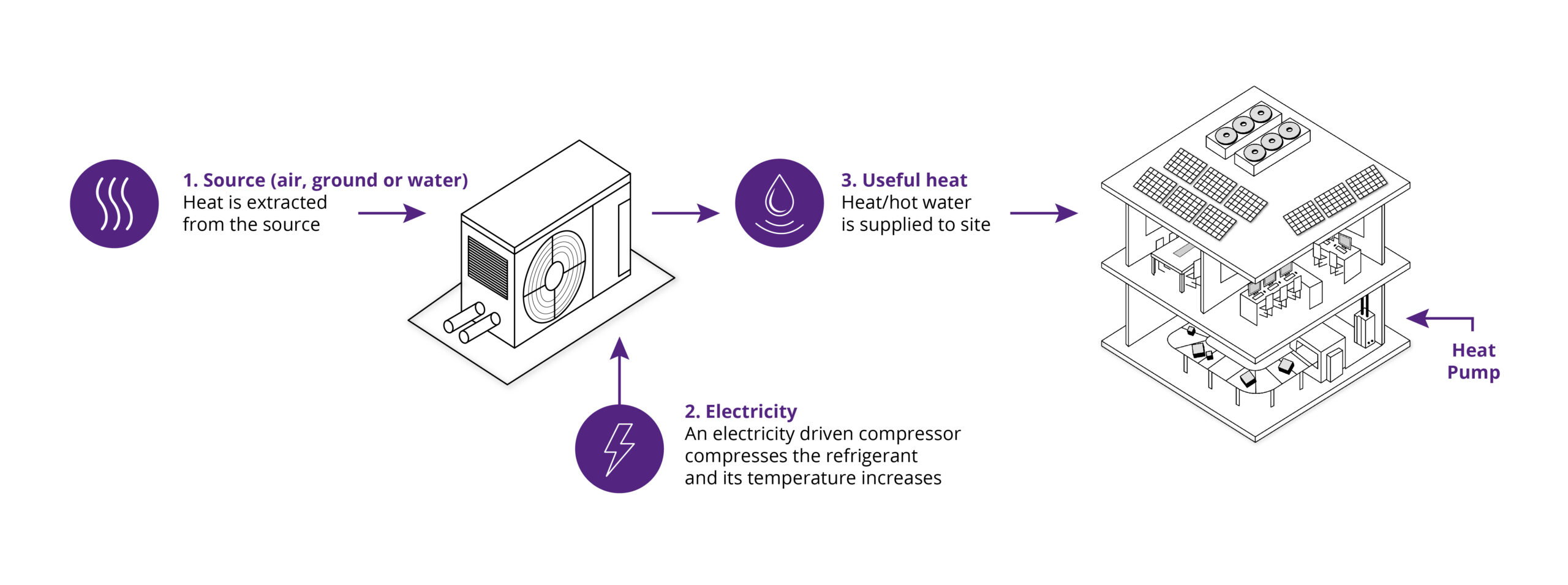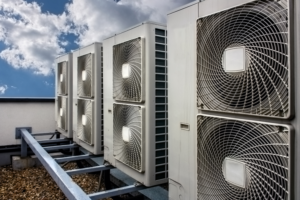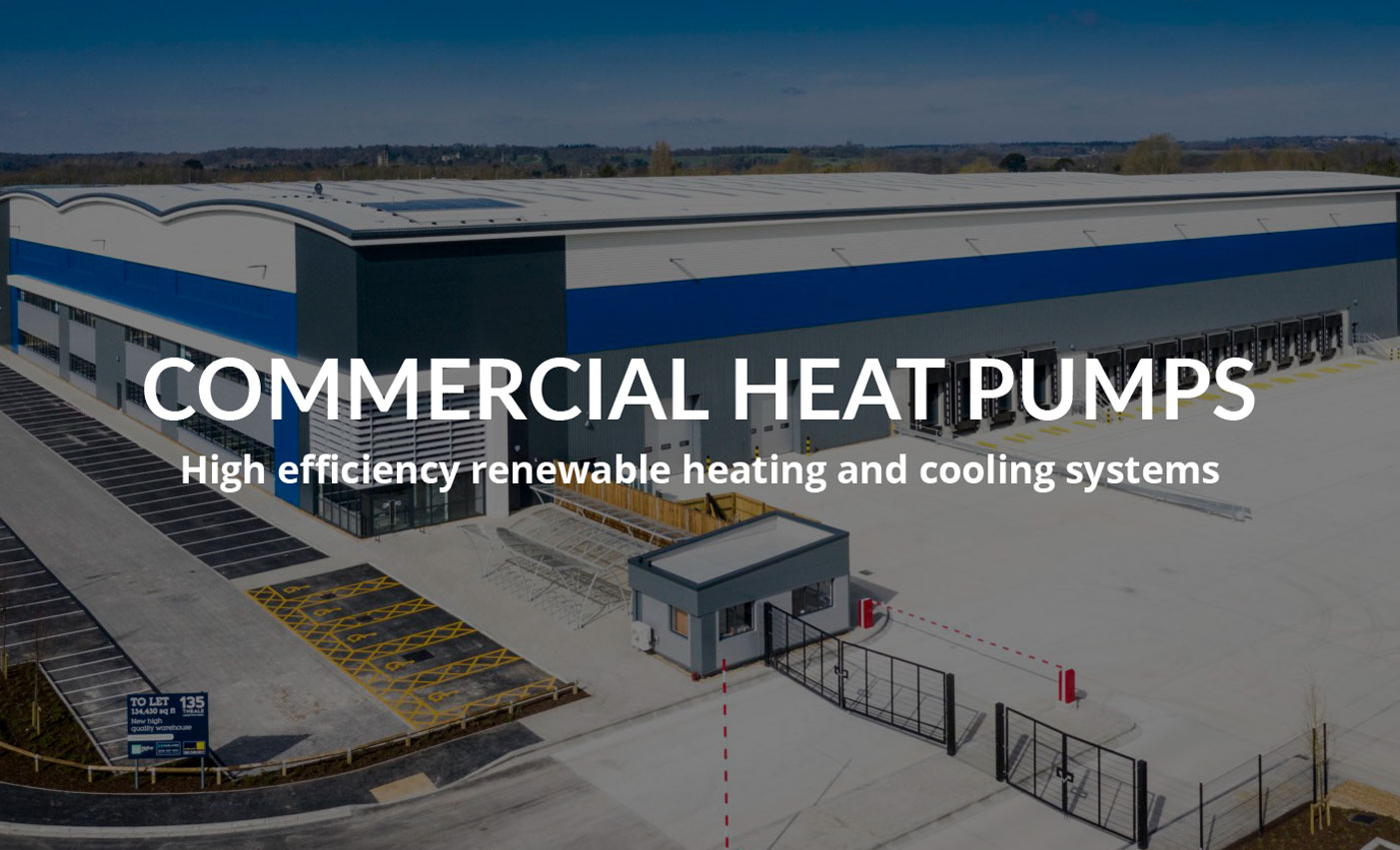Commercial Heat pumps
We recently launched our new Net Zero service to help members look for energy and carbon savings within their businesses.
And with energy costs continuing to soar, finding new self-sufficient sources of energy wherever possible has to be a serious consideration for many.
Chamber Energy Partner, Professional Energy People provide advice on the different types of low carbon heating systems available.
A rapid transition to a Net Zero carbon business will only be possible through ambitious decarbonisation strategies, and the viability of technological innovations.
Heat pumps will play a critical role in replacing old, inefficient coal, electric or gas boilers in businesses over the next decade. These low carbon heating systems will significantly reduce energy use by up to 600%, lower carbon emissions and help us to achieve Net Zero targets.
So what are the different options available and how do you know which one to choose?
There are 3 types:
- Water source heat pumps
- Ground source heat pumps
- Air source heat pumps
How do they work?
 Heat pump systems work by extracting energy from the ground, air or water, and transferring it from one area to another in the same way that refrigerators or air conditioning units work.
Heat pump systems work by extracting energy from the ground, air or water, and transferring it from one area to another in the same way that refrigerators or air conditioning units work.
This residual heat is absorbed at low temperature into a fluid that is passed through a compressor which raises the temperature to between 20-30°C. This is then transferred to the heating and hot water circuits of a building.
Although heat pumps consume less electricity to operate, they will still need on average 1 unit of energy in to get 6 units out, compared to traditional boilers that take 1 unit in to get 0.9 units out. Obviously if you install renewable energy such as Solar PV or hydro, the system becomes carbon neutral.
The land around a building will determine the best heat pump system to choose which may vary from site to site.
As it suggests, a water source heat pump needs a sufficient natural source of water flow such as a river to draw from; whereas ground source heat pumps need access to enough land. Bear in mind you’ll need planning permission for both.
The easiest and most popular type of heat pumps are air source heat pumps which can be used as a heating system and an air conditioning unit. They can be positioned on the ground outside or on a flat roof, where they extract heat energy from the air to generate all the hot water heating you need.
Starting prices for small systems are around £5,000 for an air source heat pump or around £13,000 for a ground or water source heat pump.
Advantages
- Efficient heating source with average savings of more than 40-60% for ground or air source pumps.
- Standard heat pumps can provide heating from 40°C to 65°C, whilst high temperature heat pumps can reach 80°C.
- Help with Net Zero targets – Scope 1 and 2 reporting.
- Don’t emit any direct carbon emissions.
- Lower running and maintenance costs.
- Can provide a cooling system.
- Long life span.
Disadvantages
- High up-front costs.
- Can be difficult to install, especially ground source heat pumps and if retrofitting.
- Not entirely carbon neutral as they need electricity to operate.
- Lower output temperature than conventional boilers which may incur additional costs for insulation, underfloor heating or larger radiators.
- Questionable sustainable fluids used for heat transfer, but these are increasingly being replaced by biodegradable fluids.
- Heat pumps can experience issues in cold snaps which can affect the efficiency and damage the system.
How can we help you?
Low carbon heating systems are one of the many ways businesses can move toward a Net Zero future and reduce energy use.
A business energy audit is often the best way to start that will give you a holistic view of your energy use, the potential savings, and a costed plan that can be tailored to your individual situation.
To register your interest in this, an audit or any of the other energy reduction solutions complete the simple Net Zero Energy Management form on our dedicated Net Zero webpage.





